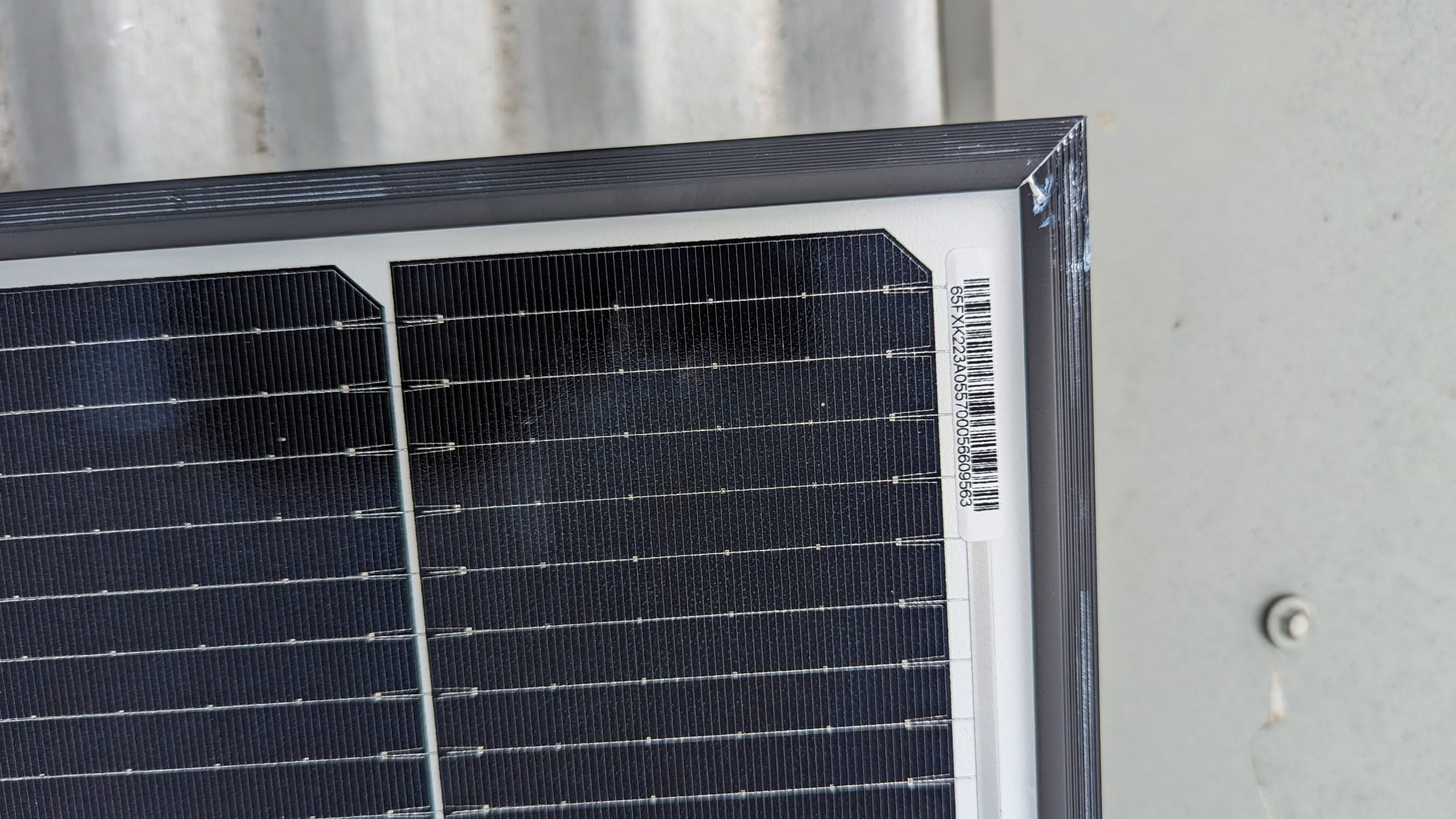 Off-Grid Solar Australia
Off-Grid Solar Australia

Since the advent of more efficient, affordable, and broadly used solar technology two decades ago, the solar business has seen considerable changes. Some of the significant adjustments include the following:
The Evolution of Solar Technology
The tremendous drop in solar panel prices over the past 20 years has been among the most considerable advances in the solar sector. Solar panels used to cost roughly $4 per watt in 2000, but today they cost less than $0.30 per watt, a reduction of almost 90%. Due to the cost decrease, solar energy is now more accessible to both households and companies, which has increased adoption.
Technological Progress
Throughout the past 20 years, the solar industry has also experienced considerable technological improvements. Thin-film solar cells and perovskite cells, two new materials, are more effective and less expensive to manufacture than conventional silicon solar cells. Moreover, new storage innovations, such as lithium-ion batteries, have been created, enabling the storage and utilization of solar energy during periods of diminished sunlight.
Powering Up
The most effective solar panels had an efficiency of 15% or less in 2000, but they now have efficiencies of above 23%. Solar panels can now produce more electricity with the same amount of sunlight because of their increased efficiency, making them more affordable and valuable.
Solar Power Surge
Current Challenges
As solar energy depends on sunshine to produce electricity, it is sporadic.
To solve this problem, energy storage devices like batteries are being developed.
More investment in solar energy infrastructure is needed to ensure that the industry can expand and satisfy future energy demands.
Grid infrastructure upgrades are required to integrate solar energy into current electrical networks.
Conclusion
The intermittent nature of solar energy and the requirement for more investment in solar infrastructure are two issues that must be resolved. Notwithstanding these difficulties, the solar business has a promising future since it will continue to be a vital component of the shift to a more sustainable energy future
G’day, Australia! We’re here to shake things up in the energy world, right? We’ve got these ripper solar systems, decked out with the latest Sungrow and Deye inverters and those beaut Sungrow and Pylontech lithium batteries. They’re a real game-changer for places like Ballarat, Victoria, and all over Oz! Our Top Solar Gear Going All …
Continue reading “Givin’ Aussie Homes a Fair Go with Top-Notch Solar Tech”
1. Jinko Solar Panels: 2. Trina Solar Panels: 3. SunPower Solar Panels: Conclusion When choosing solar panels, consider factors such as efficiency, durability, warranty, and budget. Jinko offers cost-effective and reliable options, Trina provides a balance of performance and value, while SunPower stands as a premium choice with top-tier efficiency. Each brand caters to different …
Continue reading “Comprehensive Solar Panel Review: Jinko, Trina, and SunPower”
1. Pylontech Batteries: 2. PowerPlus Energy Batteries: 3. BYD Batteries: 4. Tesla Powerwall: Conclusion When selecting a solar battery, factors like capacity, compatibility, longevity, and budget play crucial roles. Pylontech, PowerPlus Energy, BYD, and Tesla offer diverse options catering to different needs and preferences. Whether for a small residential setup or a larger, more complex …
Continue reading “In-Depth Review of Solar Batteries: Pylontech, PowerPlus, BYD, and Tesla”
Inverter Equipment Review: Sungrow, Deye, Victron, and Selectronic 1. Sungrow Inverters: 2. Deye Inverters: 3. Victron Energy Inverters: 4. Selectronic Inverters: Conclusion Each of these inverter brands – Sungrow, Deye, Victron, and Selectronic – offers unique strengths suited to different solar energy needs. Your choice should depend on your specific requirements, whether it’s for residential, …